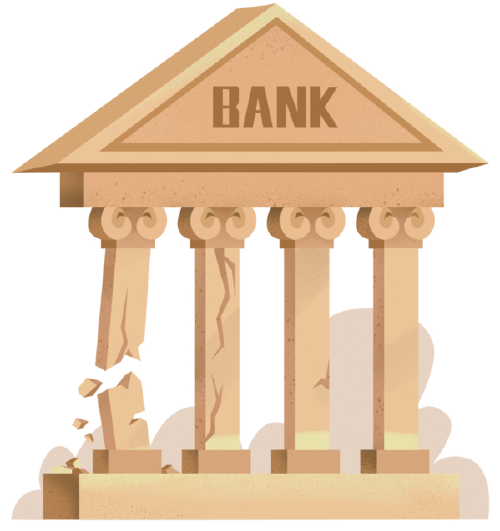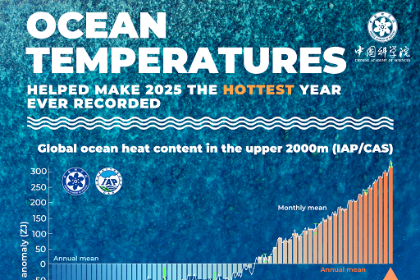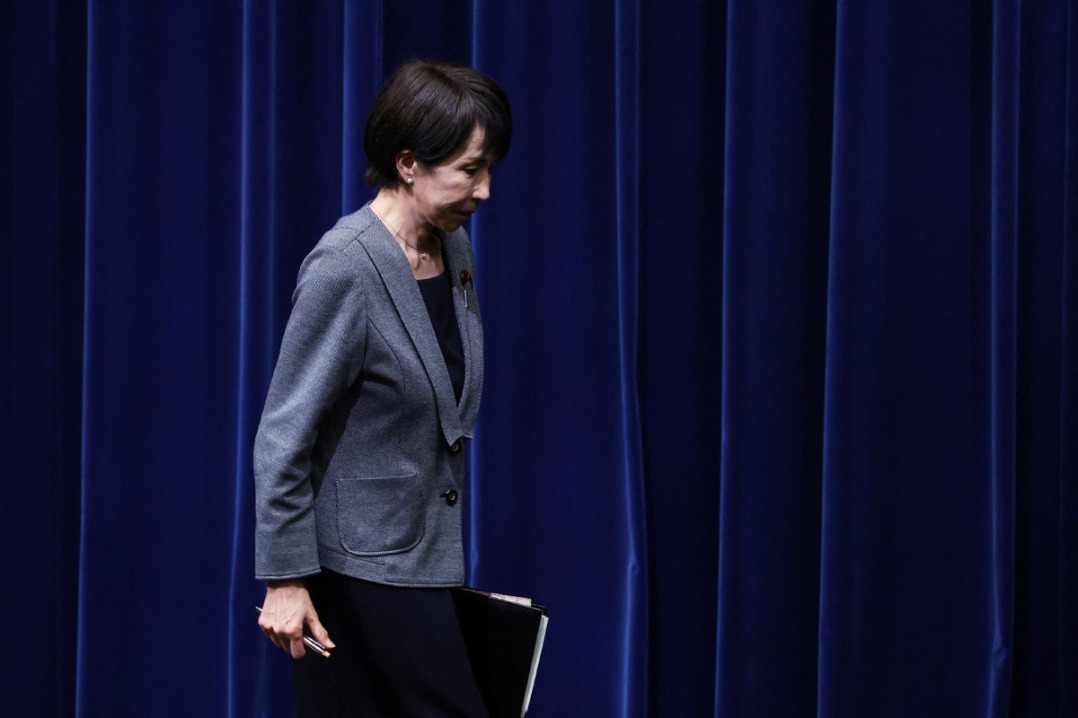More trouble ahead?


Although there is no sign of a systemic failure, the risk of a US banking crisis is still looming
Editor's note: The world has undergone many changes and shocks in recent years. Enhanced dialogue between scholars from China and overseas is needed to build mutual understanding on many problems the world faces. For this purpose, the China Watch Institute of China Daily and the National Institute for Global Strategy, Chinese Academy of Social Sciences, jointly present this special column: The Global Strategy Dialogue, in which experts from China and abroad will offer insightful views, analysis and fresh perspectives on long-term strategic issues of global importance.
A number of banks in the United States have collapsed since March 2023. The cause of the crisis is multifold, including US commercial banks' increased vulnerability due to the prolonged low-interest rate environment, asset-liability mismatches exacerbated by the COVID-19 pandemic, as well as a liquidity crisis triggered by the change in the Federal Reserve monetary policy.
Different interpretations of these factors have led to completely opposite views on the future trend of the US banking crisis. Some believe that the crisis has been largely contained because of the timely response of the Fed. Others suggest that continued rate hikes may lead to a systemic financial crisis in the US.
To curb inflation, the Fed has been raising interest rates and shrinking its balance sheet, while at the same time, it has also injected liquidity into commercial banks to prevent the spread of the banking turmoil.
These measures have yielded good results, but the impact of bank runs is being felt. Credit conditions in the US have significantly tightened, dragging down economic activity.
The probability of a systemic risk in the US is relatively low. First, in the wake of the 2008 financial crisis, the US passed the Dodd-Frank Act, which expanded the authority of regulatory agencies, established the Consumer Financial Protection Bureau and rolled out the Volcker Rule to enforce strict regulation on large financial institutions. This has considerably raised the capital adequacy of US banks and enhanced their ability to withstand risks.
Second, the Economic Growth, Regulatory Relief, and Consumer Protection Act in 2018 loosened regulatory requirements for community and regional banks, which was also a key factor in the early collapse of small- and medium-sized banks this time. However, the Fed's newly created Bank Term Funding Program and extended discount windows have largely halted the spread of bank runs among small- and medium-sized institutions.
Third, in response to the COVID-19 pandemic, the US has approved several rounds of substantial rescue plans, effectively preventing the deterioration in balance sheets of US businesses and households.
However, the risk of a banking crisis has not been entirely eliminated. First, the Fed may stick to tight monetary policy. With a stubbornly tight labor market and sticky core inflation, the Fed may keep interest rates at a "restrictive" level for a long time.
Second, the book losses of US banks are unlikely to be fundamentally improved in the short term. As rate hikes are here to stay, it is challenging to rapidly fix the book losses resulting from securities and fixed-rate mortgage loans issued in a low-interest-rate environment.
Third, multiple risks may trigger a banking crisis in the US. The US commercial real estate market is struggling with deteriorating fundamentals and rising financing costs. If commercial real estate loans should default, small- and medium-sized banks may face a run on deposits because they usually have larger exposures to those loans.
Furthermore, after the 2008 financial crisis, the prolonged low-interest rate environment in the US has nurtured a large number of zombie companies. As these companies go bankrupt with soaring interest rates, the asset quality of commercial banks goes down with them.
A credit crunch is taking shape. Although the banking crisis was temporarily contained, bank failures have remarkably tightened credit conditions. In March 2023, US commercial bank credit growth dropped sharply to — 0.5 percent, the first negative reading since November 2020.
Driven by concerns about economic prospects, credit quality and financing liquidity, a set of indicators are pointing to credit tightening: US banks showed a major decline in willingness to lend; bank credit growth fell sharply; corporate profits growth turned negative; and banks are reporting significantly tougher loan standards. Reduced credit supply will raise financing costs for businesses and individuals, slowing economic activity.
Lowering interest rates is not a cure for the banking crisis. Some may count on interest rate cuts within the year to alleviate the risks. However, history shows that quite a few bank failures happened during interest rate cuts. It was not the cuts that pushed banks to collapse, but rather because the economy was already slipping into a downturn or even a recession. With asset quality rapidly deteriorating, even interest rate cuts could not save banks from collapsing.
At the moment, the US labor market remains tight and core inflation is getting increasingly sticky. In response, the Fed may keep interest rates at a "restrictive" level for an extended period until labor market demand and inflation rate fall. Meanwhile, it is likely that the asset quality of US commercial banks will deteriorate, leading to another wave of bank failures.
Xu Qiyuan is a senior fellow and deputy director of the Institute of World Economics and Politics at the Chinese Academy of Social Sciences. Yang Zirong is an associate researcher of the IWEP at the CASS.
The authors contributed this article to China Watch, a think tank powered by China Daily.
The views do not necessarily reflect those of China Daily.
Contact the editor at editor@chinawatch.cn

































